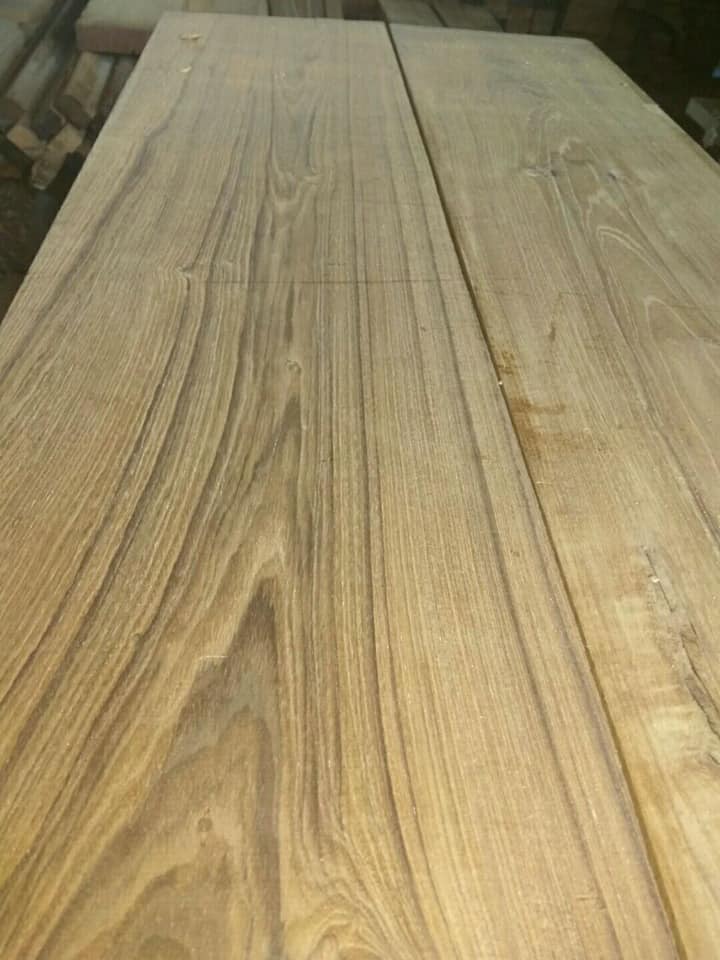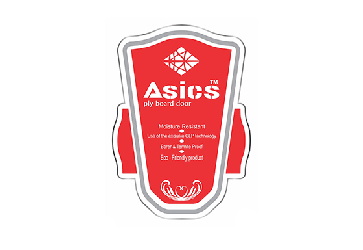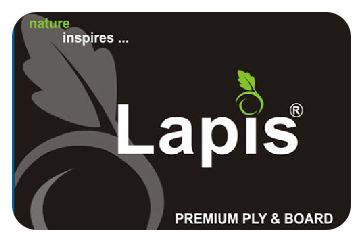valsadi teak


valsadi teak
Teak is one of the most valuable timbers, “the king under the timbers”, in ancient times considered as “a royal timber”.
Teak is worldwide recognized for its durability and stability, The timber is immensely stable, has a high oil content that works as “built-in” natural water repellent and is therefore virtually immune to rotting, fungi and harsh chemicals. The high level of resinous oil present in the timber helps to act as a natural insect repellent giving the timber very high resistance to attack by termites and other wood boring insects.
When fresh cut the surface of the wood is dull in appearance, and the timber has a distinctive, pleasantly aromatic odor which has been likened to the smell of leather. Fresh sawn teak has a slightly ‘oily’ feel due to the high oil content.
The timber is resistant to water and many chemical reagents, including acids. It does not have a strong reaction when it comes in contact with metals.
The lifetime in the open for untreated wood (no varnish, lacquer, paint or polishing) is 30 – 35 years.
Teak will not turn black when in contact with metals.
Also Called:
Also known as Valsadi teak, golden teak & Indian teak and many other local names.
Material Type:
Hardwood
Material Grade:
-
Weight
-
lenght ranges
-
Typical Tree Height:
-
Trunk Diameter:
-
Width Ranges:
-
Moisture Content:
-
Possible Health Risks:
-












